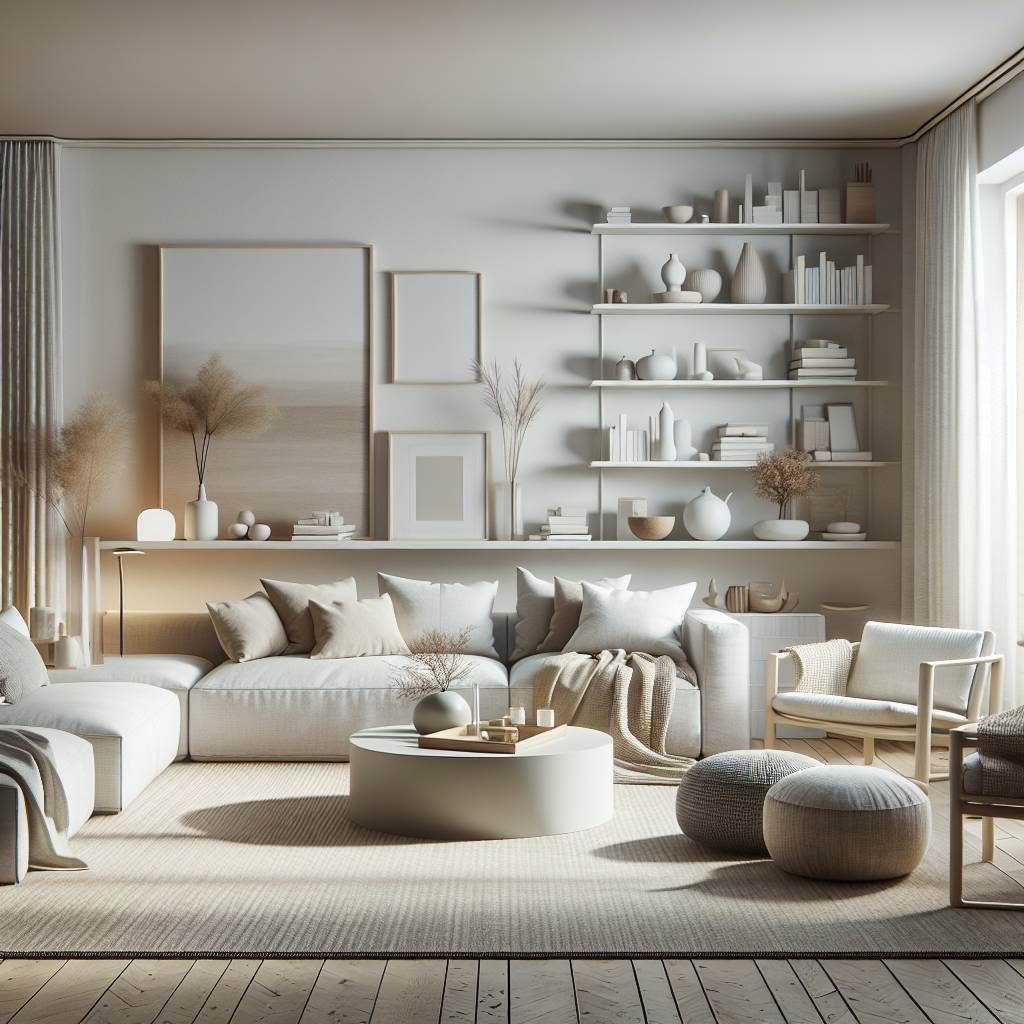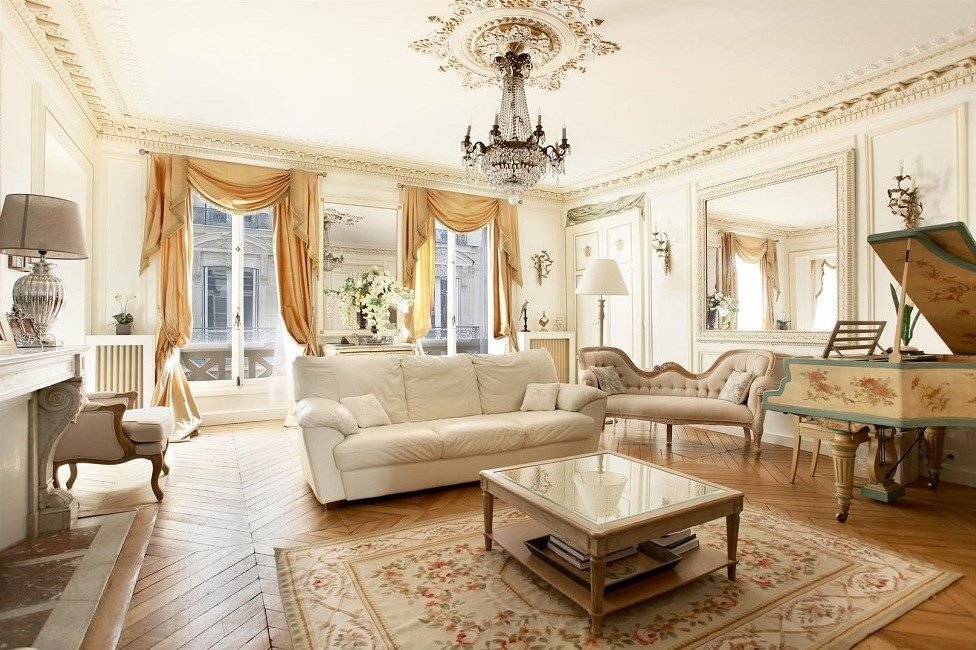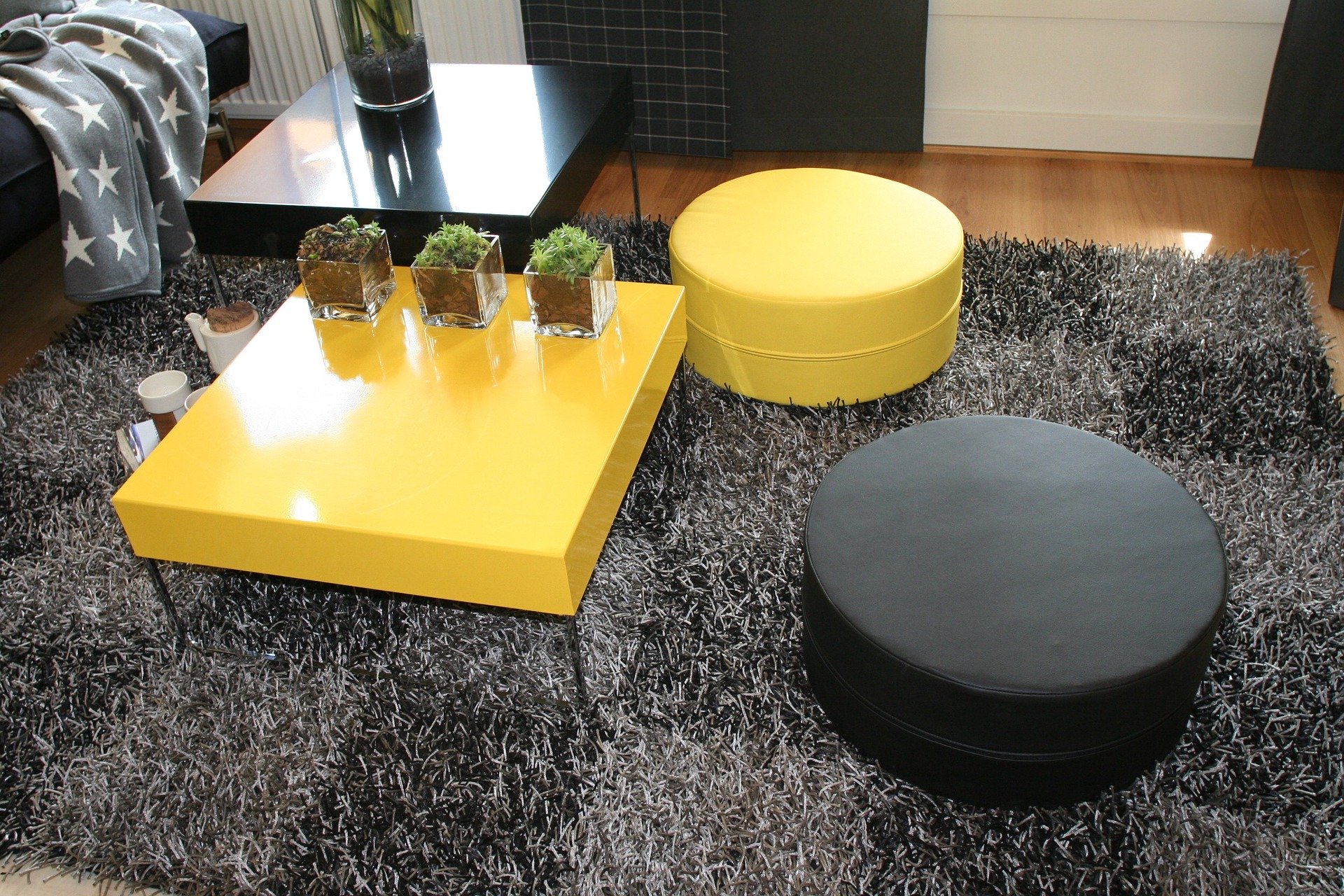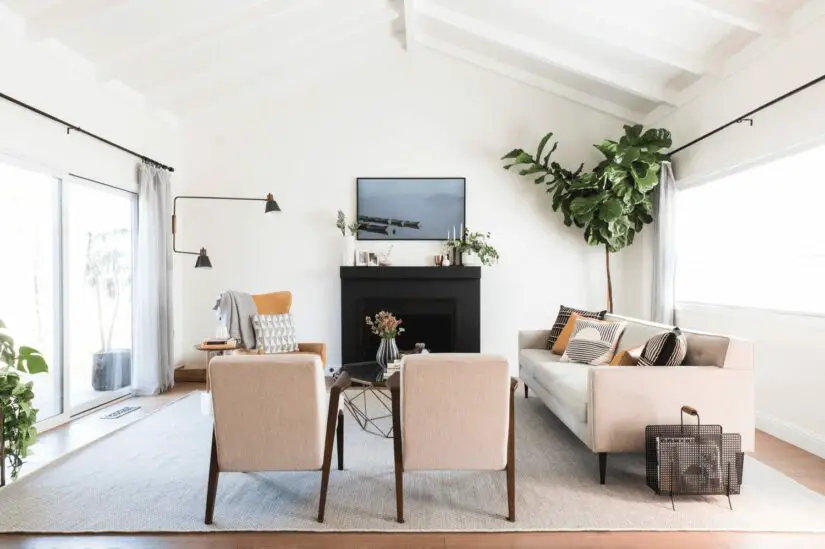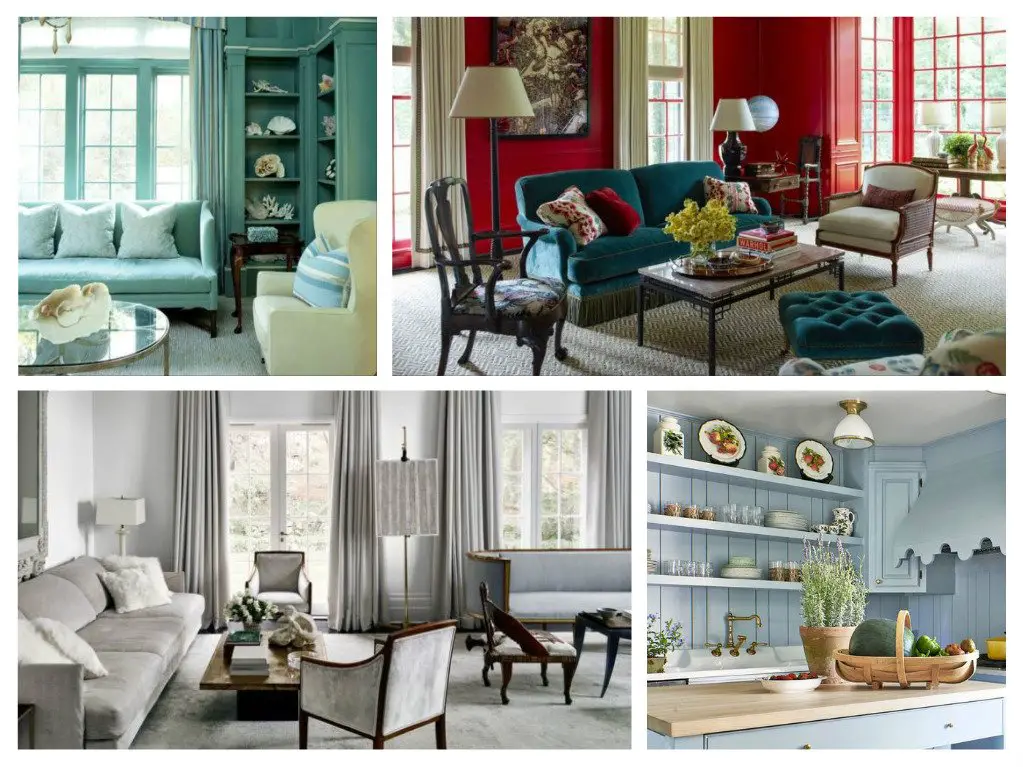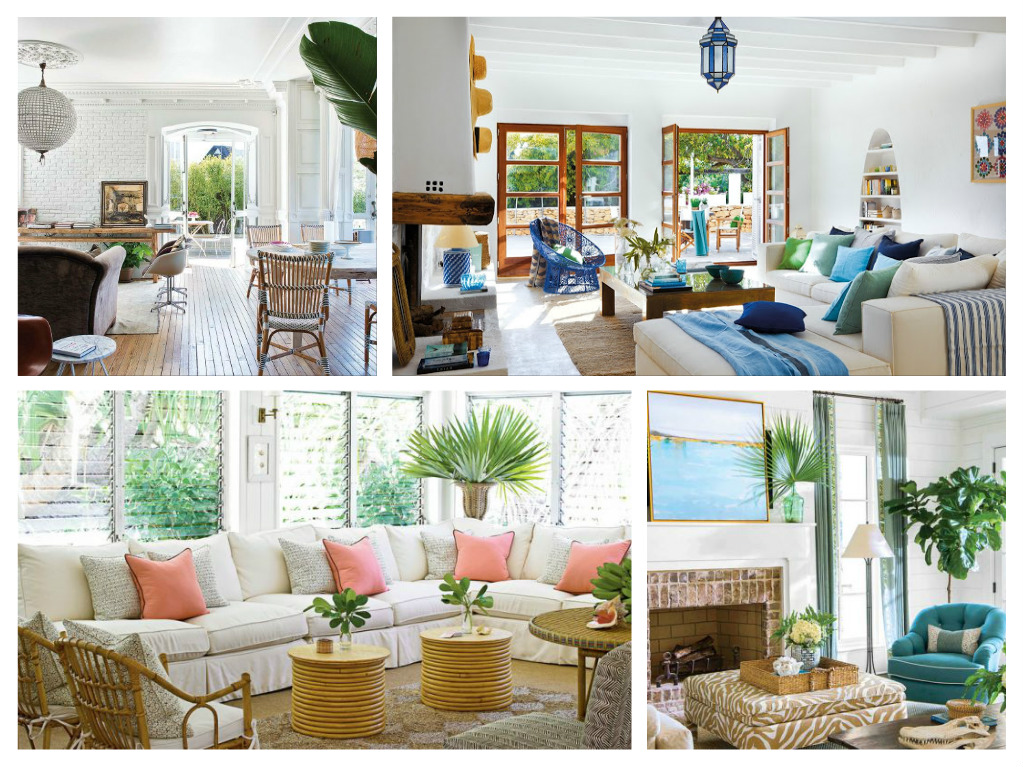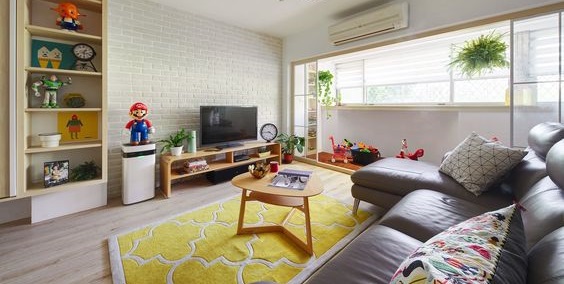Ever wondered how a minimalist living room can transform your daily experience at home? Imagine stepping into a space where every element breathes simplicity and elegance. Minimalist living room design ideas are all about maximizing space without sacrificing style, creating rooms that are as functional as they are beautiful. The allure of a white living room lies not just in its trendy appeal but also in the calm and clutter-free environment it promises. By focusing on quality over quantity, these designs offer both visual serenity and practical solutions for modern lifestyles.
In this exploration of minimalist living rooms, we’ll dive into the art of less is more—where each piece holds purpose and beauty reigns with understated sophistication. Get ready to discover how you can elevate your own space with timeless minimalist charm.
The Essence of Minimalist Living Room Aesthetics
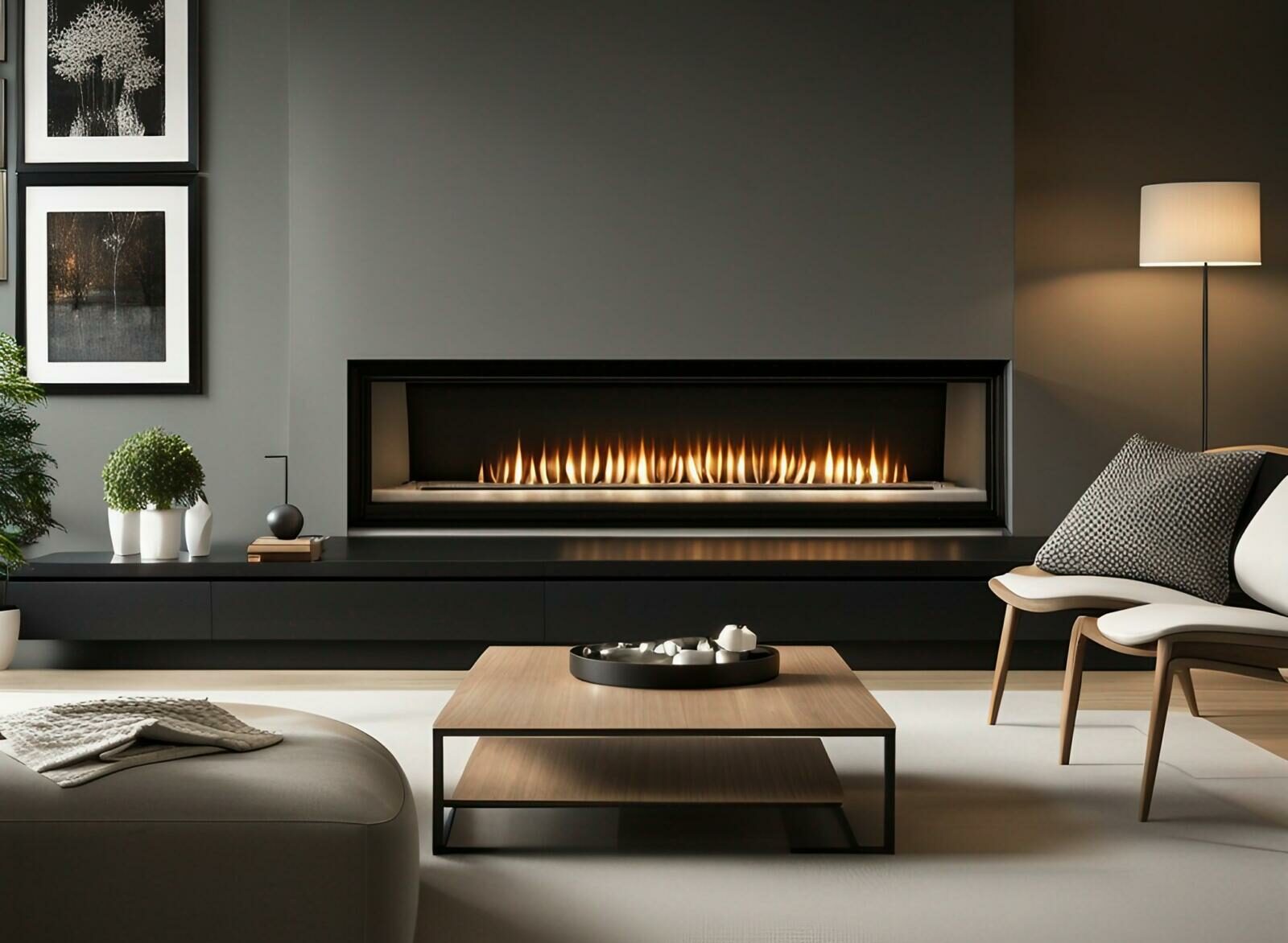
Core Principles
Minimalism is more than just a design choice. It’s a lifestyle that values simplicity and intentionality. In living room design, this translates to open spaces, functional furniture, and a calm color palette.
The first step in achieving minimalist aesthetics is decluttering. Remove items that don’t serve a purpose or bring joy. This creates room for essential pieces to stand out.
Another principle is quality over quantity. Choose one high-quality sofa instead of several chairs. This approach emphasizes the beauty of each item and its role in your space.
Selecting a Color Palette for Minimalist Serenity
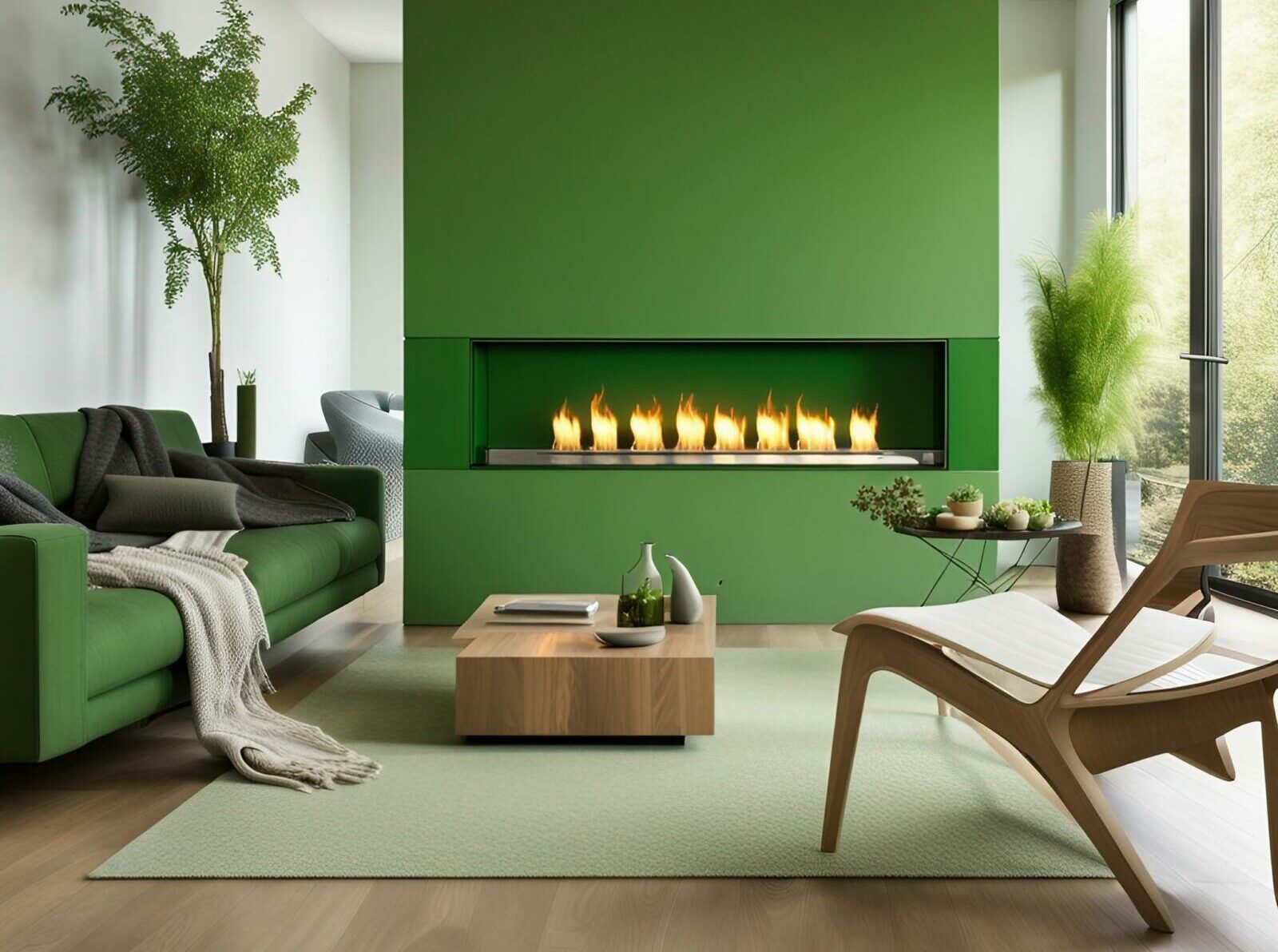
Color Significance
Colors are key to minimalist design. They set the mood and tone of your living room. A serene space often starts with a white palette. White is clean, open, and uncluttered. It reflects light, making spaces appear larger.
A limited palette keeps things simple. Stick to two or three colors for cohesion. This approach minimizes visual noise and creates peace.
- Choose soft shades that blend well.
- Avoid bright, overwhelming colors.
Soft grays or beiges can complement white nicely. These neutral tones support relaxation.
Harmonious Schemes
Popular schemes in minimalist design include monochromatic themes where one color varies in shade and saturation to create depth without chaos.
Another option is analogous colors—those next to each other on the color wheel like blue and green which are calming by nature.
To add warmth without clutter:
- Incorporate warm wood tones through furniture or accents.
- Mix textures within your chosen shades for subtle variety.
Wood tones bring natural elements inside, enhancing calmness while providing contrast against lighter backgrounds.
Calming Choices
When choosing your palette:
- Consider the room’s lighting; it affects how colors look.
- Test paint samples on walls at different times of day.
- Reflect on how certain colors make you feel personally; choose those that evoke serenity for you.
Remember less is more in minimalism:
- Use fewer but impactful decorations that match your scheme.
- Select art or items with clear lines and muted shades fitting into the overall aesthetic seamlessly.
Furniture Choices for Simplified Living Spaces
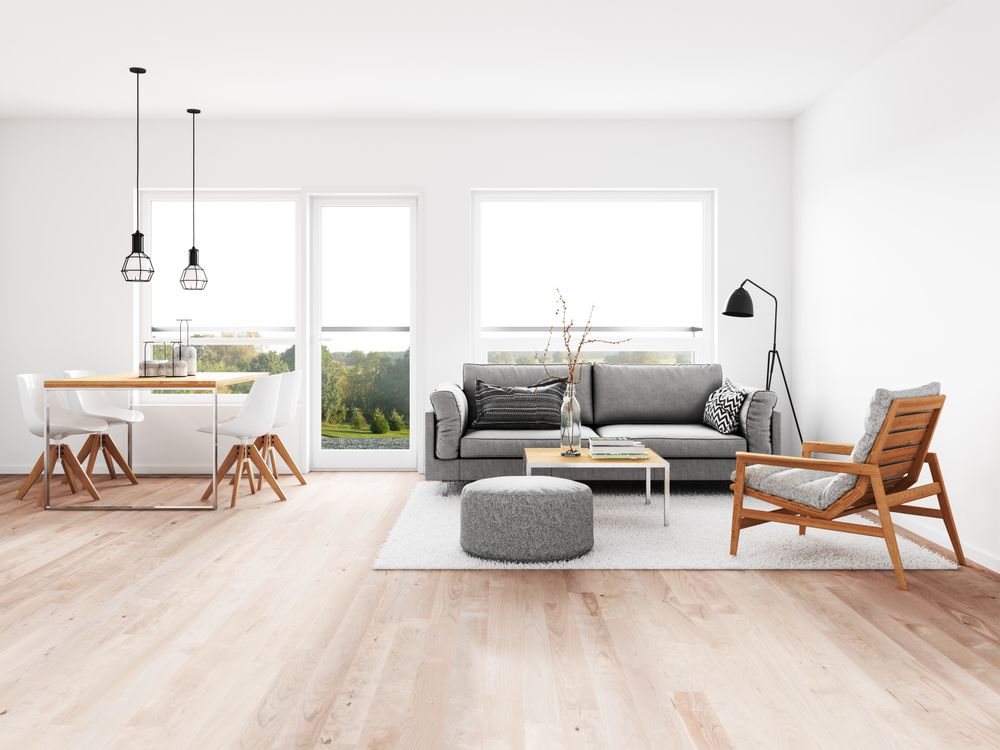
Key Selections
Furniture is the heart of a minimalist living room. It sets the stage for simplicity and function. High-quality pieces stand out without cluttering space. Choose furniture that has both purpose and clean lines.
A coffee table with simple geometry can anchor your seating area, while a sleek sofa offers comfort without fuss. Opt for one large sectional instead of multiple chairs to maintain an open feel.
Maximizing Natural Light and Space
Natural Illumination
Natural light is a cornerstone of minimalist design. It opens up the living space, creating an airy, welcoming environment. To harness this element, focus on large windows that allow sunlight to flood the room. The beauty of daylight can transform even small areas into seemingly larger spaces.
Mirrors strategically placed opposite windows multiply natural light effectively. They reflect both light and views, adding depth to your room without physical clutter. Think about placing a large mirror across from your biggest window for maximum effect.
Spatial Harmony
Maximizing floor space is essential in minimalist living rooms. Choose furniture that fits the scale of your room to avoid overcrowding. After selecting just enough pieces for comfort in “Furniture Choices for Simplified Living Spaces,” ensure each item has breathing room around it.
Open layouts play a significant role here too. They encourage flow throughout the home, making spaces feel connected and expansive. Consider how you might rearrange walls or furniture to create more open areas within your home’s layout.
Elevated Design
High ceilings lift the atmosphere of any living area, giving prominence to vertical space as well as horizontal expanses. If you’re lucky enough to have high ceilings, keep them uncluttered so they can take center stage in your minimalist design scheme.
When painting these elevated surfaces, opt for lighter colors which enhance spaciousness further by reflecting natural light throughout the room better than darker shades would do so.
Incorporating Minimalist Decor and Lighting
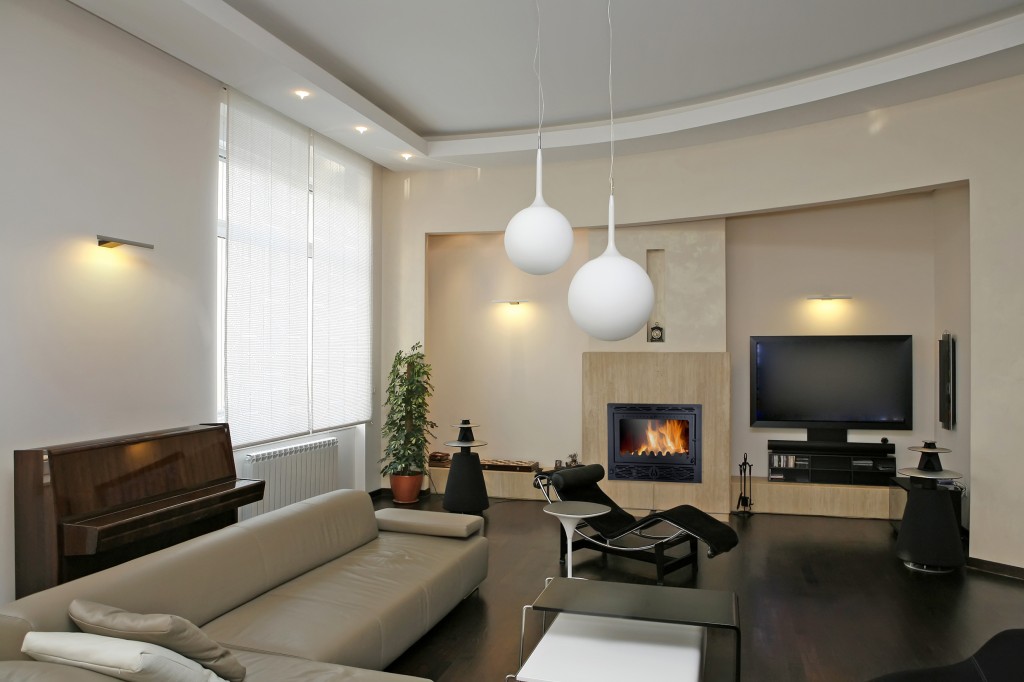
Decor Selection
Selecting the right decor is crucial in a minimalist living room. Each piece should have a purpose and complement the space. Choose decorative objects with clean lines to avoid clutter. For example, a single large painting can add visual interest without overwhelming the room.
To maintain an airy feel, opt for furniture that is both functional and stylish. A sleek sofa or chairs with thin legs can make the room appear more spacious. Remember, less is more in minimalist design.
Lighting Choices
Lighting plays a key role in setting the mood of your minimalist living room while keeping it simple. Use light fixtures that blend seamlessly with your decor. Recessed lighting offers an unobtrusive way to brighten up your space.
Consider using dimmers to adjust light levels according to different times of day or activities taking place in your living room. This flexibility allows you to create an inviting atmosphere when needed without adding extra elements.
Minimalist Details
Incorporating minimalism into every aspect of your living room extends beyond just furniture and lighting; it’s also about choosing accessories wisely. Stick to one or two standout items like a unique clock or vase rather than several small trinkets that could create visual noise.
For those who enjoy art, select pieces that reflect the minimalist ethos — perhaps abstract works featuring subdued colors and straightforward compositions.
- Key items for minimalism:
- Functional furniture with clean aesthetics
- Strategic use of artwork
- Thoughtful selection of accessories
By carefully considering each detail, you ensure everything has its rightful place within the overall design scheme.
Focal Points
Even within minimalist interiors, creating focal points helps draw attention without complicating design elements:
- Consider incorporating features such as a modern fireplace which provides warmth while serving as a central piece.
- White walls are perfect backdrops for highlighting art or distinctive seating arrangements.
- If you have architectural details like exposed bricks around a fireplace, let them stand out instead of covering them up.
These focal points provide subtle yet effective visual interest within your minimalist setup.
Embracing Texture and Layering without Clutter
Depth Through Texture
Texture in a minimalist living room is key. It adds depth and interest. Think of how a smooth leather sofa feels against a knitted throw. This contrast draws the eye without overwhelming it. Use natural materials like wood, wool, or cotton to introduce texture subtly.
A great example is a jute rug on polished concrete flooring. The rug’s roughness contrasts with the floor’s sleek surface, creating an engaging tactile experience. Wall art can also bring texture into play; consider canvas prints or woven tapestries.
Balanced Layering
Layering different elements can be tricky in minimalist design. Yet, it’s possible to do so without causing clutter. Start with larger pieces like sofas and tables as your base layers—then add smaller items such as cushions or decorative bowls.
For balance, limit your color palette and focus on varying textures instead of colors or patterns. A monochrome scheme allows for layering pillows of different materials while maintaining simplicity.
Strategic Storage for a Clutter-Free Environment
Smart Solutions
Storage plays a key role in keeping your living room neat. The right storage solutions help you manage clutter without sacrificing style. Think of pieces that offer dual functions, like ottomans with hidden compartments or coffee tables with drawers.
Shelves are also essential. They can hold books, decor, and other items neatly. Floating shelves add storage space without taking up floor area. This makes the room look bigger and cleaner.
Hidden Compartments
Using furniture with built-in storage keeps your living room looking sleek while hiding away belongings. Sofas with under-seat compartments provide ample space for throws or board games. TV units with cabinets allow you to tuck away electronics and cables.
Remember to keep only what you need in these spaces to maintain minimalism. Avoid filling every shelf or drawer just because there’s room.
Declutter Regularly
Decluttering is crucial in minimalist design. It means getting rid of things that don’t serve a purpose or bring joy. Start by sorting through your items and decide what stays and what goes.
Once you’ve pared down, organize what remains thoughtfully so each item has its place.
- Keep surfaces clear except for one or two decorative pieces.
- Use baskets to group similar items together on shelves.
- Choose furniture wisely—each piece should be both functional and aesthetically pleasing.
Integrating Greenery in a Minimalist Setting
Plant Benefits
Plants are more than just decor. They refresh the air and boost mood. In minimalist living rooms, they bring life without clutter. Here’s how plants can enhance your space.
Greenery adds color to neutral palettes common in minimalist designs. It creates a focal point that is both simple and vibrant. Plants also improve air quality by filtering pollutants and releasing oxygen.
Selection Tips
Choosing the right plants matters in minimalism. Look for species that thrive indoors with little care. Succulents or snake plants are good options.
Consider plant size and growth patterns too. Small potted plants on shelves keep surfaces clear while adding green touches to the room.
Positioning Plants
Where you place your plant is key for style and health of the greenery.
- Near natural light sources but not direct sunlight.
- On floating shelves or wall-mounted pots to save floor space.
- As part of grouped decorations, like next to books or wood elements, for balanced design.
Positioning them well ensures they complement rather than dominate the room.
Color Without Complexity
Minimalism isn’t about removing all detail—it’s about choosing it carefully.
Greenery offers a splash of color that stands out against white walls or wood furniture without overwhelming the eye.
It’s an easy way to add personality without complexity.
A few strategically placed pots can make your living room feel alive yet still calm and uncluttered.
Combining Functionality and Style in Minimalist Living Rooms
Functional Foundations
The core of minimalist design lies in functionality. This means every piece should serve a purpose. A minimalist living room is not just about less clutter but also about smart choices.
Start by selecting furniture that offers both comfort and simplicity. For instance, choose a couch with clean lines and neutral colors. It can be both inviting and stylish without unnecessary details.
Conclusion
Embracing minimalist living room design isn’t just about decluttering—it’s a statement of elegance and mindfulness. You’ve seen how the right color palette can create a serene atmosphere, and how choosing the perfect furniture aligns with a life of simplicity. It’s all about making your space work for you, not the other way around. Letting in natural light, picking out decor that speaks to you, and ensuring every item has its place contributes to an environment where peace isn’t just a concept—it’s your reality.
Now, take these ideas off the page and into your living room. Start small; even one less item can breathe new life into your space. Share your minimalist journey, inspire others, and remember—the beauty lies in the balance. Ready to transform your living room? Dive in and make simplicity your signature style. Go on, it’s time to create your own minimalist sanctuary.
Frequently Asked Questions
What is minimalist living room design all about?
Minimalist living room design focuses on simplicity, functionality, and a clutter-free space. It emphasizes clean lines, a neutral color palette, and essentials only.
How do I choose colors for a minimalist living room?
Stick to a neutral color palette with whites, beiges, or greys. These create a serene backdrop that embodies minimalist tranquility.
What furniture should I select for my minimalist living room?
Choose furniture with simple designs and clean lines. Opt for quality over quantity; each piece should serve a purpose without overcrowding the space.
How can I maximize natural light in my minimal living area?
Keep windows unobstructed by heavy curtains or blinds to let in as much natural light as possible. Use mirrors strategically to reflect light around the room.
Can decor items fit into a minimalist design philosophy?
Yes! Select decor that complements the aesthetic—think understated pieces that add character without causing visual chaos.
Is it okay to have textures in a minimalist setting?
Absolutely! Textures add depth and interest. Layer different materials like wool or linen but keep it cohesive to avoid cluttering the look.
Any tips for integrating plants into my minimalistic decor?
Go for potted plants with simple lines and solid-colored pots that blend seamlessly into your minimalistic theme while adding vibrancy.
